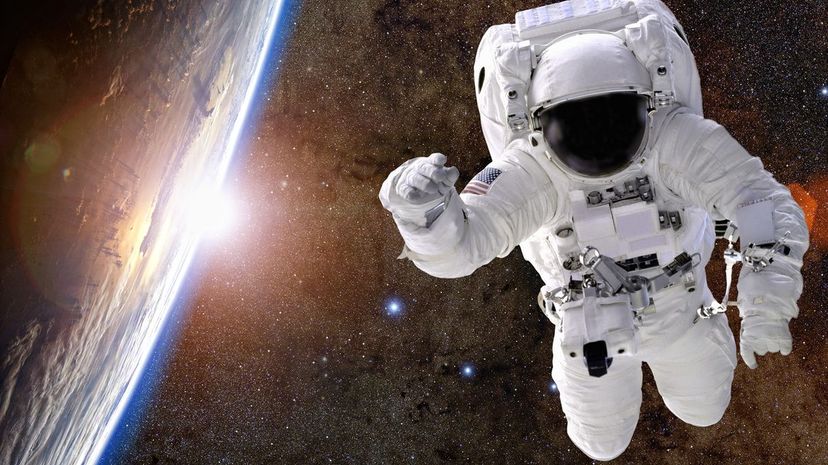
About This Quiz
Once upon a time, human beings could only look up at the sky and think "I wonder what's out there?" But since the launch of our first satellite in 1957, we've done the seemingly impossible and boldly gone where no man has gone before. Now, by testing your knowledge of the early space era, you can retrace the steps of those brave space explorers.Â
In this quiz you'll learn the incredible stories of science, war and a stray dog named Laika that have brought us within touching distance of the stars. No matter how important you think you are, a look at the universe always puts things into perspective. It's humbling to realize just how tiny we are! That is, of course, unless you get every answer right and your ego inflates to the size of Jupiter. Either way, there's plenty of daring, heroics and bravery ahead, so let's see if you can sort the Project Vostoks from the Project Vanguards.
It might be too late to pioneer the journey to the sky, but you can still take one giant leap into your Discovery shuttle and delve into the history of human space exploration. Fair warning though, some of it is rocket science!
Advertisement
Advertisement
Advertisement
Advertisement
Advertisement
Advertisement
Advertisement
Advertisement
Advertisement
Advertisement
Advertisement